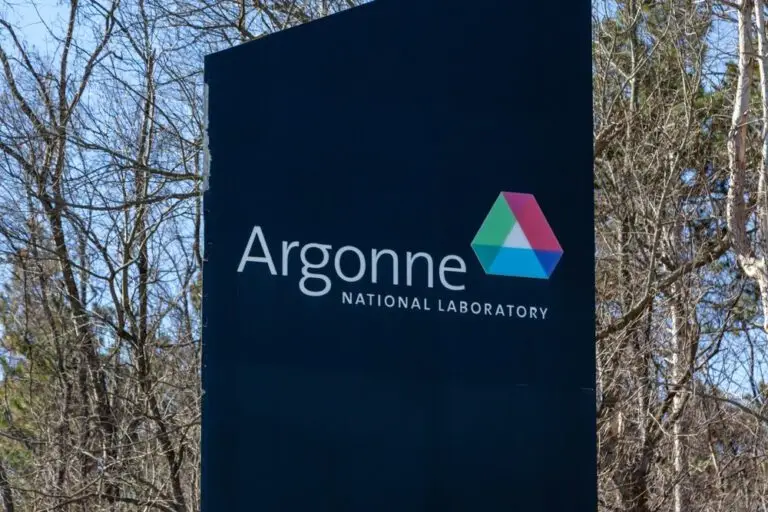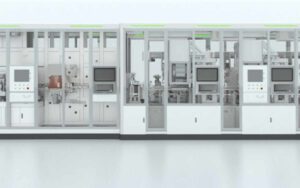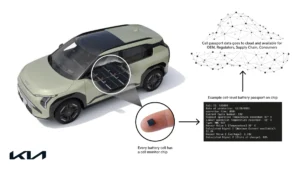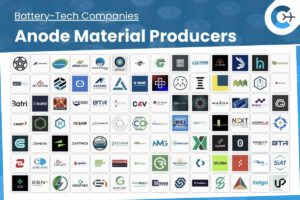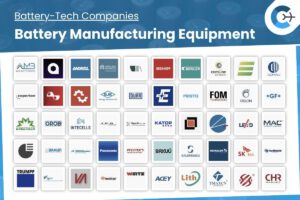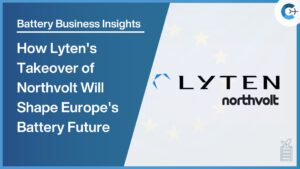Researchers at the U.S. Department of Energy’s Argonne National Laboratory in Lemont, Illinois, have developed a novel membrane technology that selectively extracts lithium ions from water. Lithium’s low atomic weight and high energy density make it critical for applications ranging from electric vehicles to portable electronics, while supply chains remain vulnerable due to production concentration in a limited number of countries.
Several team members also hold joint appointments at the University of Chicago’s Pritzker School of Molecular Engineering.
Traditionally, lithium is recovered from hard-rock mines and inland brine deposits, whereas the vast quantities dissolved in seawater and subsurface brines are largely untapped because existing separation methods are energy-intensive, costly, and inefficient. Effective extraction requires distinguishing lithium cations (Li+) from more abundant ions such as sodium and magnesium.
The new membrane leverages vermiculite, an abundant clay costing about $350 per ton, which researchers exfoliate into ultrathin two-dimensional layers approximately one nanometer thick. To stabilize these sheets in aqueous environments, they intercalate aluminum oxide pillars between the layers, creating a robust, layered framework. This structure prevents collapse and neutralizes the membrane’s native negative surface charge. Next, sodium ions are introduced into the membrane, converting its surface charge from neutral to positive.
In aqueous solutions, magnesium ions carry a +2 charge, whereas lithium ions carry a +1 charge. The positively charged membrane more strongly repels divalent magnesium ions, allowing monovalent lithium ions to pass through and be captured more efficiently. This approach presents a potentially lower-cost, energy-efficient alternative for lithium extraction from diverse water sources.
Beyond lithium, the membrane concept could be adapted for selective recovery of other critical materials such as nickel, cobalt, and rare earth elements. It may also find applications in water treatment processes for removing harmful contaminants.
As global demand for clean energy technologies and secure material supplies grows, innovations in resource extraction like this membrane could support more sustainable development.
Source: Business Wire

